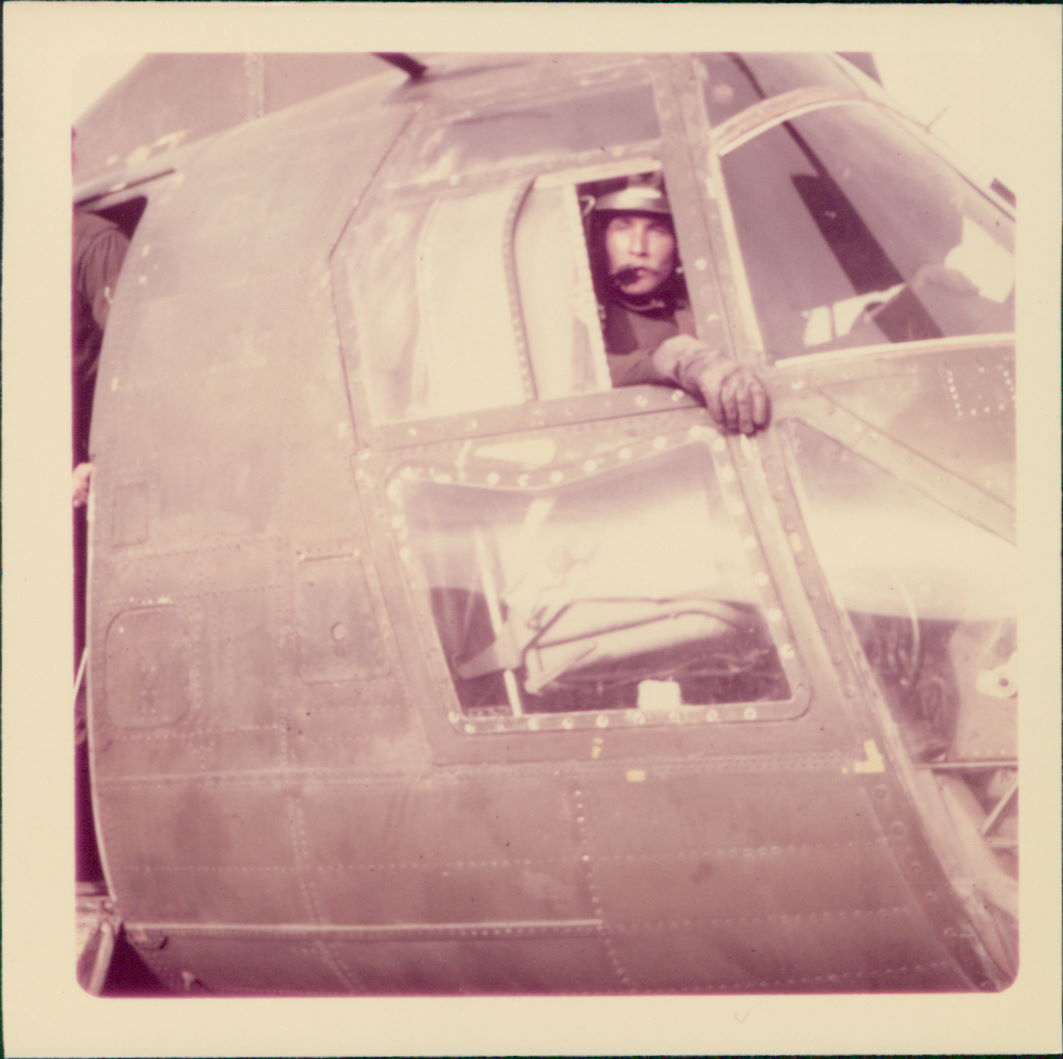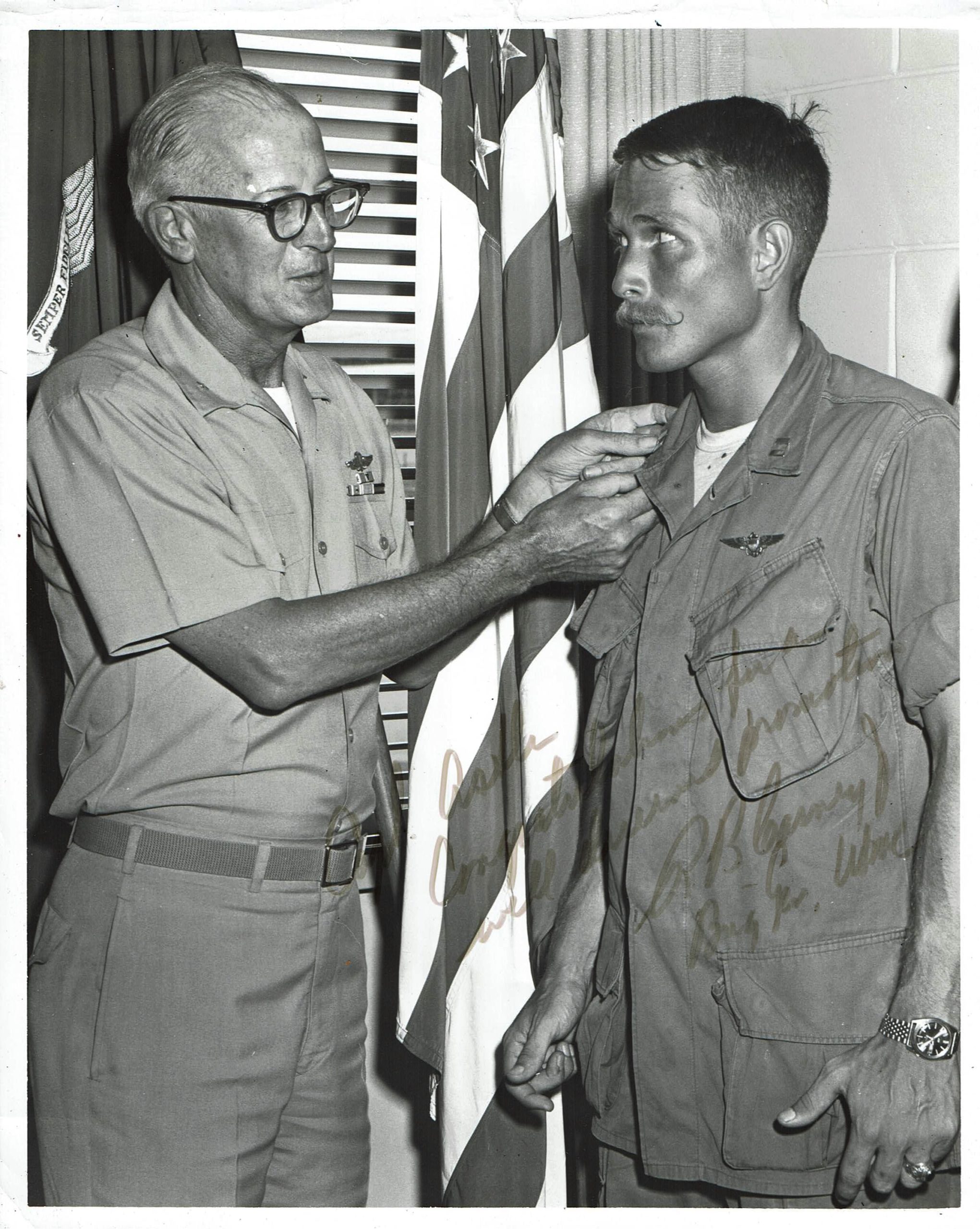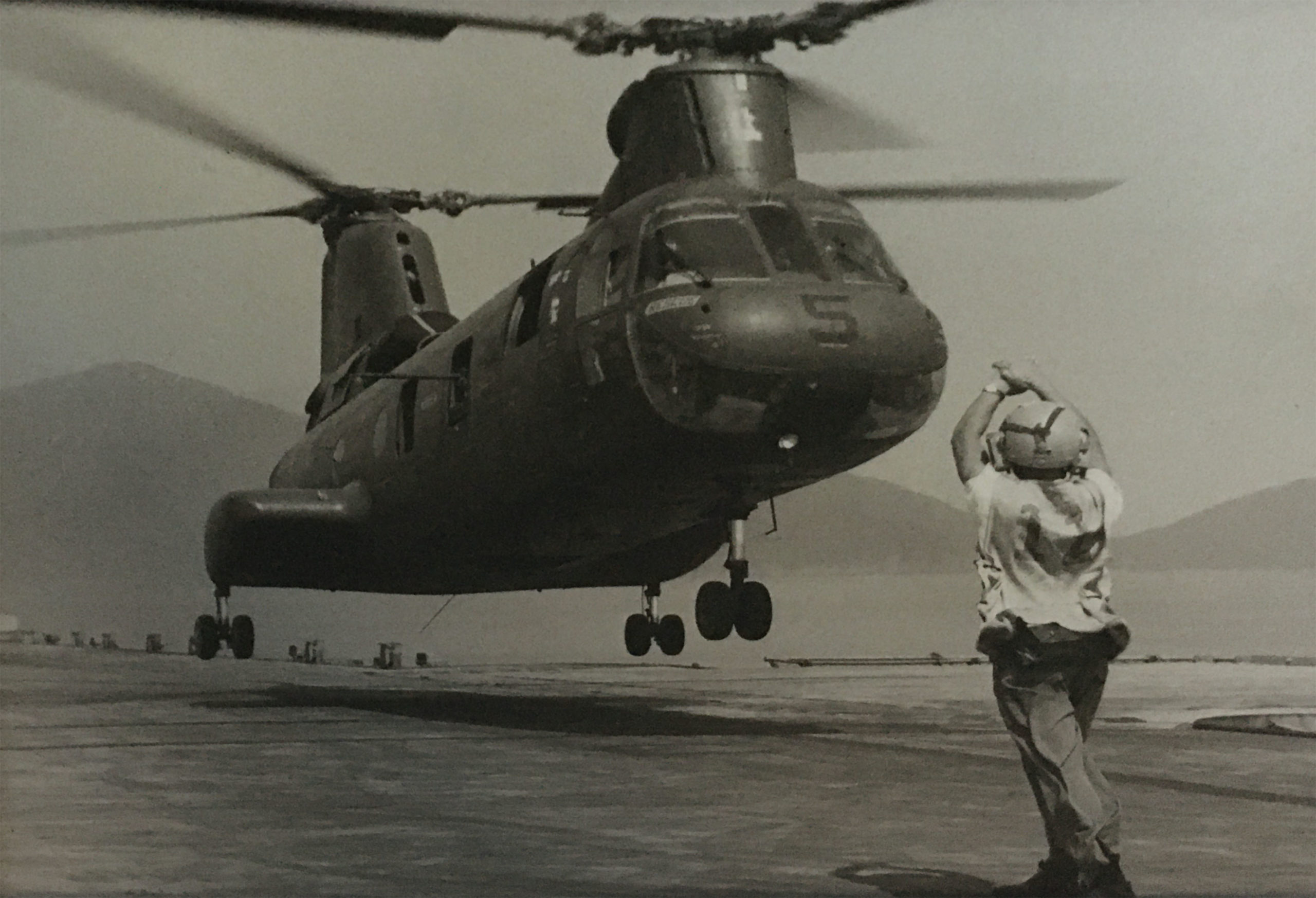
Biography of Col. John Astle U.S.M.C. (Ret.)
Combat Pilot: Vietnam War and Desert Storm Veteran
Presidential Helicopter Pilot, Medical Evacuation Pilot
31 Air Medals, 2 Purple Hearts and Presidential Service Badge
Former State Senator of Annapolis, Maryland’s 30th District
Love of country has guided John Astle throughout a career that has included service in the military, law enforcement, and the Maryland General Assembly. John was born in Charles Town, West Virginia on March 31, 1943. A year after graduating from Barboursville High School, Barboursville, West Virginia; John joined the United States Marine Corps Reserve in 1961. He was accepted into the Platoon Leaders Class Program and went on to earn a Bachelor of Arts from Marshall University. Upon graduation in 1966, John joined the United States Marine Corps and received his commission as a Naval Aviator Officer flying helicopters.John served in the U.S. Marine Corps, Captain, 1966-75. It included serving in Vietnam as a helicopter pilot, 1968-69 and a tour as a Marine One Presidential helicopter pilot, 1971-74. His military service commendations include: the Legion of Merit, two Purple Hearts, the Meritorious Service Medal, 31 air medals and the Presidential Service Badge.
After resigning his regular commission in 1975, John began a 21-year commitment with the Marine Corps Reserve. During that time, he volunteered and served five months active duty in the Persian Gulf War, Desert Storm. He retired as a Colonel from the U.S. Marine Corps in 1996.
John flew helicopter patrols for the Baltimore Police Department December from 1978 through December 1984 then worked as a medical evacuation pilot for the Washington Hospital Center from 1985-2005.
As an American politician, John continued his public service by serving the people of Maryland first as a member of the Maryland House of Delegates representing District 30, Anne Arundel County, January 1983 to January 11, 1995, and then as a member of the Maryland Senate, January 11, 1995 to January 9, 2019. A respected leader, John served as Vice-Chairman of the powerful Senate Finance Committee, where he played a key role in shaping state policy on energy, healthcare, banking and insurance. He also served as Chairman of the Anne Arundel County Senate Delegation, and as a member of the Joint Audit Committee, the Legislative Policy Committee and the Joint Information Technology and Biotechnology Committee. An avid sportsman and environmental advocate, John is a long-time supporter of the National Congressional Sportsmen’s Foundation. He spearheaded the creation of the Maryland Legislative Sportsmen’s Caucus in 2001, which led to the creation of a National Assembly of Sportsmen’s Caucuses. He was the Senate Chair of the Maryland Caucus and the First President of the national organization.
John also served in key leadership positions with organizations working to restore the Chesapeake Bay, including a position on the Chesapeake Bay Trust’s Board of Trustees. John is a member of the American Legion, Veterans of Foreign Wars, Disabled American Veterans, National Rifle Association, Safari Club International and was an active member of the Maryland Veterans Caucus. He served as a Member of the Board of the Maryland Tourism Development Board and Chairman of the Board of Visit Annapolis & Anne Arundel County Visitors Center. John lives in Annapolis, Maryland with his wife Jayne.

Snapshot Gallery
Lt. Col. George Forrest U.S. Army (Ret.)
“This is a power packed, no holds barred account of the day-to-day activities as seen thru the eyes of a combat helicopter pilot. It captures the realism of war and indelible impact the Vietnam era had on so many of us who served.
Fifty plus years later, the scares, the highs, the lows, are documented in these pages. It puts John in the unique position of being able to look with a clearer view of the contributions made by ordinary men, who did extraordinary things.
He also cautions us not to forget the hard lessons history continues to teach.”
Lt. Col. Michael Kelly, U.S. Marine Corps Reserve (Ret.)
“With the advent of the need to position ground forces into South Vietnam in April of 1965, the US Marine Corps assumed the responsibility for the I Corps region of South Vietnam. The region ran from the demilitarized zone at the 17th parallel in the north to south of Hoi An, on the South China Sea.
The I Corps Area is bordered on the east by the South China Sea and on the west by Cambodia. The Ho Chi Min trail was extended from the 17th parallel on the North following the Mekong River all the way to the capital of South Vietnam, which is Saigon. All of the area within those boundaries constitutes the I Corps Area.
The Marine Corps found itself engaged in combat situations with the North Vietnamese (Viet Cong) who surreptitiously entered into the I Corps region.
The Marine Corps mission was to prohibit the influx of Viet Cong forces into South Vietnam through combat and combat support operations.
Many of these operations involved helicopters. The majority of helicopter operations emanated from Marine Air Group 16, which was based at Marble Mountain Airfield just south of Da Nang City.
Col. John Astle began his service in Vietnam in the spring of 1968 when assigned to HMM 164, at Marble Mountain Airfield. John and I had met at MC Air Station, New River prior to our arrival in South Viet Nam.
As a result, John and I flew together on a number of occasions. I can say that he always demonstrated a level of élan that carried him forward in the challenges of our flying.
I am forever grateful to John for making me into a Combat Pilot.”
Captain Bill Dial U.S. Navy (Ret.)
“He believed in the mission. He took care of his people in the back. And he was one hell of a hot pilot. There are men out there today who are alive because he drove his helicopter places where others would have been reluctant to go. We, those snuffies in the back, could see that.
I respected and admired quite a few of the pilots who flew out of Marble Mountain Marine Corps Air Facility. It’s funny, though, I only remember the name of one of them. The other officers called him Ace. We called him Ace behind his back but always “sir” to his face. I don’t know how old he was in 1968. He seemed kind of old to me, which probably meant he was around 30.
To arrive at the hangar for duty and discover he was your pilot was like winning the lottery. You know you would get there, get the job done, and probably have a little fun in the process.”
For Media & Press Inquiries
press@authorgemma.com
For Rights & Agent Requests
agent@authorgemma.com
For All Other Inquiries
info@authorgemma.com
































